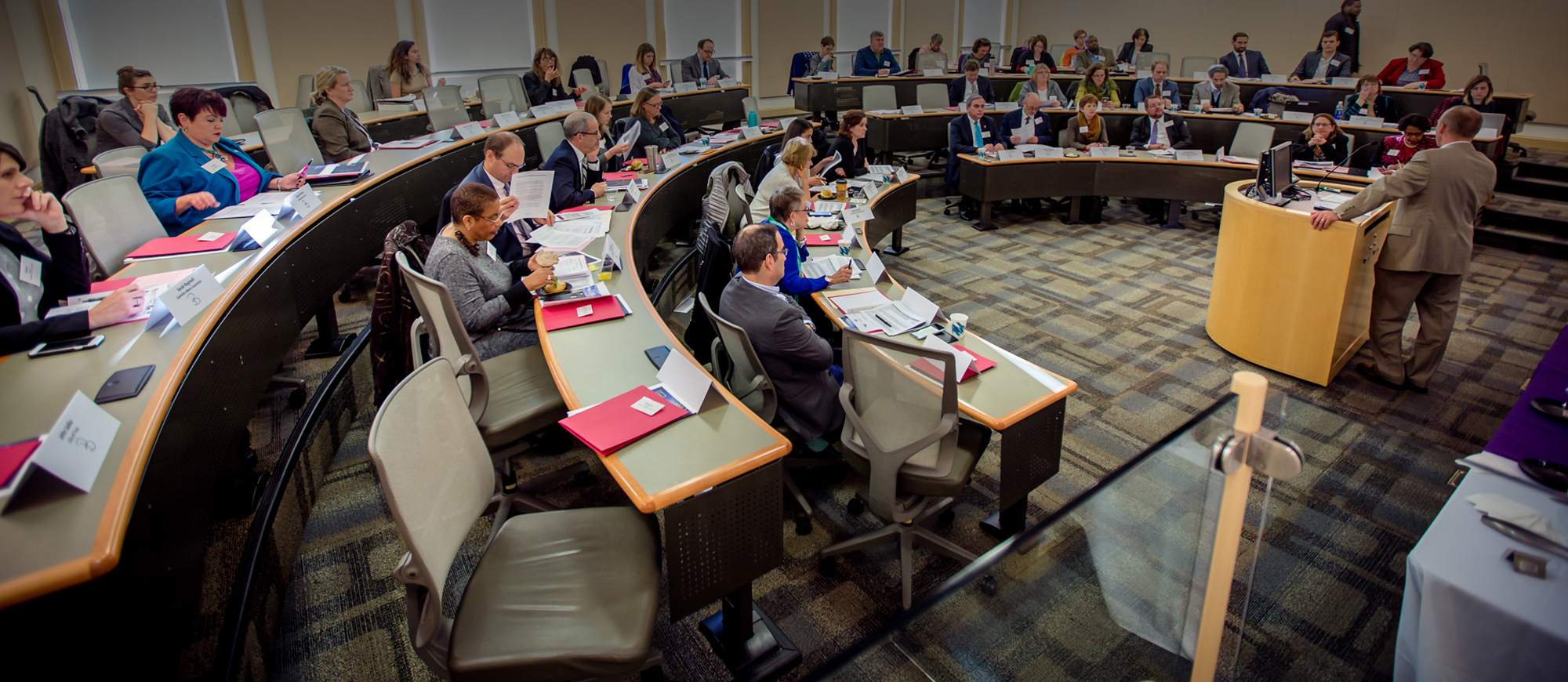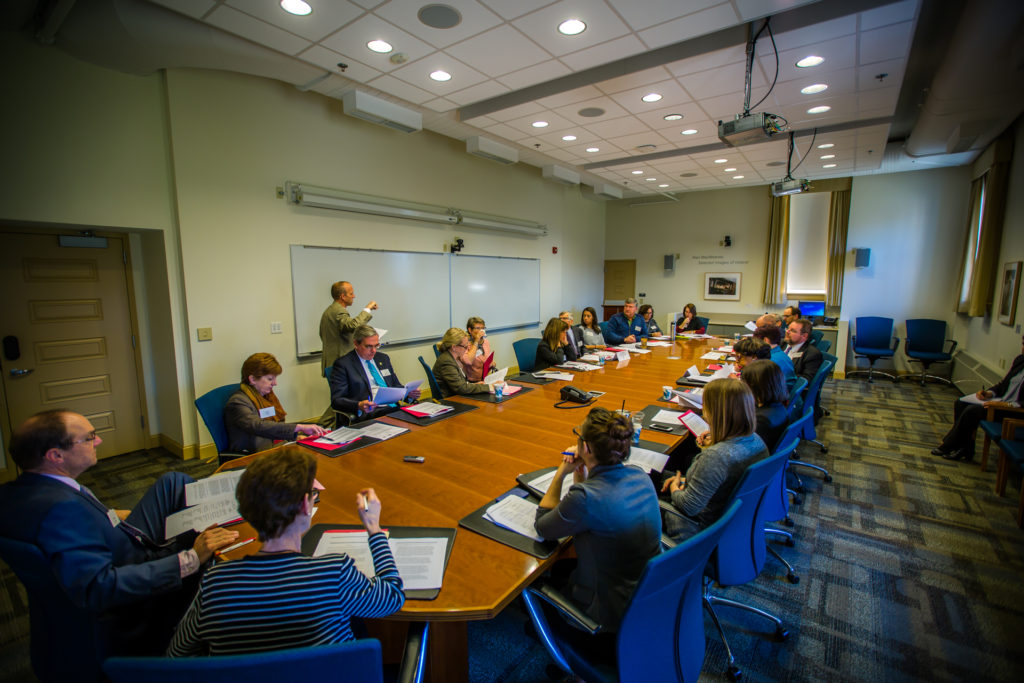Blighted and vacant properties are a persistent and costly problem throughout the United States, taking a heavy toll on economic growth by taxing government and community resources. Communities dealing with these properties must work to not only maintain them, but also to respond to increased public safety calls, all of which requires dedicated manpower. In addition, these properties no longer generate revenue from taxes and utilities, which can prompt a decline in surrounding property values. Urban blight is caused by a wide range of factors in a city and what starts out small can quickly become a heavy burden that communities try tirelessly to mitigate and prevent.

Policy Programs
Building Reclamation Clinics
Breathing Light’s Building Reclamation Clinics educated potential buyers and helped them make smart purchases, renovate homes for safety and livability and establish strong roots in neighborhoods. Hosted by regional partners, these free workshops provided access to resources available, such as homeownership counseling, lead paint hazards, basic home repairs, tax credits, available grant programs and more. In addition to the workshops, Breathing Lights leaders, in partnership with Historic Albany Foundation, created a resource entitled Vacancy 101, a guide to owning and rehabbing a vacant property in Albany, Schenectady or Troy.
After the success of the Building Reclamation Clinics and the Vacancy 101 document, the National Trust for Historic Preservation created an online toolkit entitled How to Reclaim a Vacant House. This resource summarizes the topics covered in the Building Reclamation Clinics and shares tips on reclaiming a vacant home.

Center for Community Progress Learning Exchange
In November 2016, the Breathing Lights team welcomed 20 guests from the government and nonprofit sectors in Detroit and Flint, Michigan and the Twin Cities of Minneapolis and St. Paul as part of a learning exchange. The multi-city exchange was hosted by the Center for Community Progress (CCP) in partnership with ArtPlace America. Albany Mayor Kathy Sheehan led visitors on a tour of the Breathing Lights installation. The Breathing Lights team led two days of workshops with local partners from the fields of government and housing, arts and culture and philanthropy.
Policy Roundtable
In November 2016, Breathing Lights co-hosted a Policy Roundtable, “Combatting Urban Blight in the Cities of Albany, Schenectady & Troy” with partners from the University at Albany Rockefeller College, the New York State Conference of Mayors and the Historic Albany Foundation. In attendance were the Mayors from Albany, Schenectady and Troy, NY State Assemblywoman Patricia Fehy, members from each city’s Council, numerous local and state housing advocates, representatives from Albany Law School, BIDs and CDCs, Chambers of Commerce and the NY State Attorney General’s office. The full group discussed detailed policy items. Discussions and recommendations from the Roundtable were summarized and published in a document entitled “Preventing and Mitigating Urban Blight in New York State’s Capital Region.”

Policy Summit
Upon the project’s completion in April 2017, over 400 individuals attended a full day Project Celebration & Policy Summit. The event included a lunchtime conversation with the three mayors, Albany’s Kathy Sheehan, Schenectady’s Gary McCarthy and Troy’s Patrick Madden, major funders including Ellen Sax from MVP Health Care, and Anita Contini from Bloomberg Philanthropies, and moderated by the Albany Times Union’s Casey Seiler. The afternoon was structured as a series of TEDx-style presentations from a diverse group of partners and experts all centered around public art and community engagement, vacancy and disinvestment, and celebrating the local talent that was unearthed during Breathing Lights.

Bright Ideas
In order to ensure the materials and systems utilized in the Breathing Lights installation were creatively repurposed, the team created a call for Bright Ideas. The call and a parts catalog was widely distributed, and proposals were welcomed from artists, teachers, inventors, makers, builders, organizations and individuals. The proposed reuse could be artistic or functional, but preference was given to users who planned to transform the components into unique projects.

